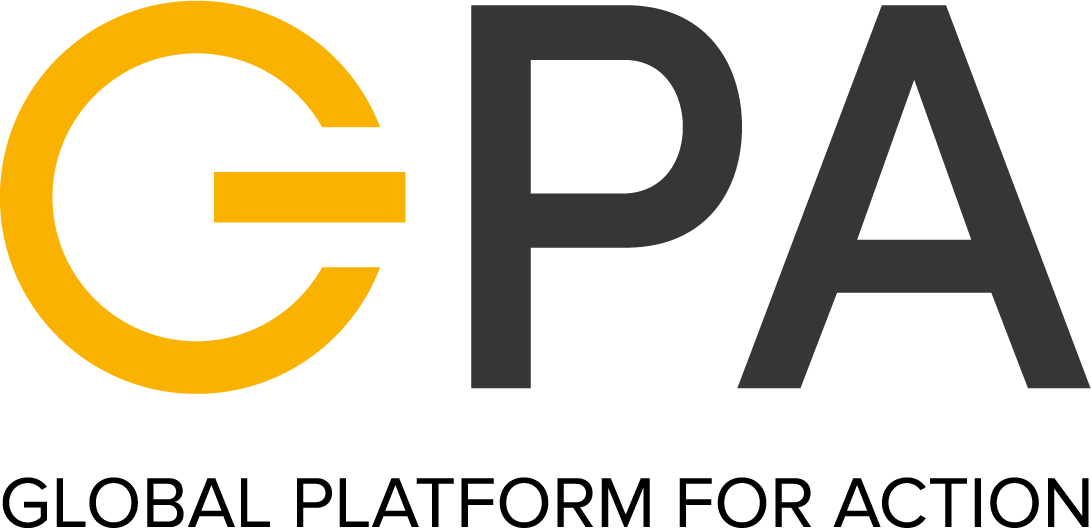Event: Brown Bag Lunch Workshop: Integrating Displaced Populations into NDCs – Closed-door event
Date: 11 Nov 2022; 12:15-13:30 Egypt time
Partners: UNEP, IOM, NDC Partnership
Pavilion: SDG7 Pavilion
Session Summary
The session will be a peer-to-peer exchange in form of a closed session (or one closed and one open session afterwards on the same topic) in which government stakeholders, experts from UN organizations and leading organizations working on NDC development will be involved. These stakeholderswill come together to discuss the potential of including displaced people and energy policy targets into the NDCs, combining climate action with humanitarian settings and the wider disaster risk discussion.
This session brings together relevant stakeholders to discuss the main issues, needs and opportunities to include displaced populations into future NDCs and energy policies.
Thematic orientation:
This session would address the below-stated SDGs by including displaced people in the NDCs as well as clean energy targets. Including displaced people and the host population would allow to reference these in upcoming projects, programmes and policies and create momentum around reaching this ultimate inclusivity goal of tackling climate change at every level of society.
Via incorporating suitable energy programmes, energy efficiency measures could be put into place from the onset , allowing a better set-up.
By including displaced people in the climate and energy agenda, climate action would become more inclusive and oriented to support humanitarian work and disaster relief.
Target Audience:
The target audience of the event are IOs, INGOs, Government officials above all to understand what chances the NDCs do offer in terms of representing all parts of society and link them to clean energy development as well as climate action and therefore increased economic development.
Objectives:
- Create a first forum of discussion around the inclusion of energy in displaced settings and its benefits of including in the NDCs (the most powerful commitments around climate action at this moment in time)
- Create an opportunity to have a country-led discussion on the key issues, needs and opportunities. The idea is that the discussions will inform a joint policy paper with IOM, which we hope will have actionable recommendations that can form the basis of a proposal for donors to support a group of interested countries.
- Working towards an aligned climate and energy agenda as a strong pillar within climate action policy activities and development/humanitarian work on energy and climate topic to be inclusive from the beginning and seeing the chance to mention these in the NDCs increases the chance that these topics will be covered from the climate negotiations plus be used as a basis for
- Discuss future documents as a basis for discussions with donors for the support related to these topics in new programs and projects.
- For high-level discussions that will influence in-country policy and politics;
- Build bridges between policy and field work at IOs level and INGOs level
- Including the energy and climate issues officially linked to the climate debate in order to create (positive) pressure for the private sector to be more and more involved in solutions and services for the least served and disaster-touched communities.
Guiding questions
This session brings together relevant stakeholders to discuss the main issues, needs and opportunities to include displaced populations into future NDCs and energy policies. Guiding questions include:
- Are the climate-related impacts (local, national and global) and risks facing protracted populations of forcibly displaced populations sufficiently well understood? Are the needs fully understood? What are the existing data gaps and needs?
- Are the opportunities and challenges for integrating displaced people’s needs into national policies known and understood by relevant authorities at the national and global levels?
- What is the status and/or strategies for integrating displaced populations into national climate change and energy policy and planning?
- How can human rights and equity considerations be better linked to mobility, adaptation, and development strategies?
- What governance structures exist – or could exist - for designing climate change mitigation and adaptation projects that include mobility options, with dignity for vulnerable displaced populations; what are the barriers to progress?
Expected Outcomes:
Overall, the session aims to raise awareness about a growing and yet largely unaddressed issue. Discussing the options to include displaced populations in future NDCs and energy policies would be a step towards creating an operational bridge between the lead UN humanitarian agencies (and their corresponding Ministries in host countries), and the agencies concerned with managing climate change and sustainable development (and their corresponding Ministries). In doing so, the aim would be for countries hosting large populations of refugees and/or IDPs to offer a systematic means to design and finance targeted climate change projects for the benefit of displaced populations, and their surrounding host communities. This end goal can be seen as part of the solution to overcome the humanitarian vs. development impasse facing many large and protracted situations of forced displacement, thus aligned with key objectives of the Global Compacts for Migration and on Refugees and working along the Humanitarian-Development-Peace Nexus.
Last updated: 29/11/2022
